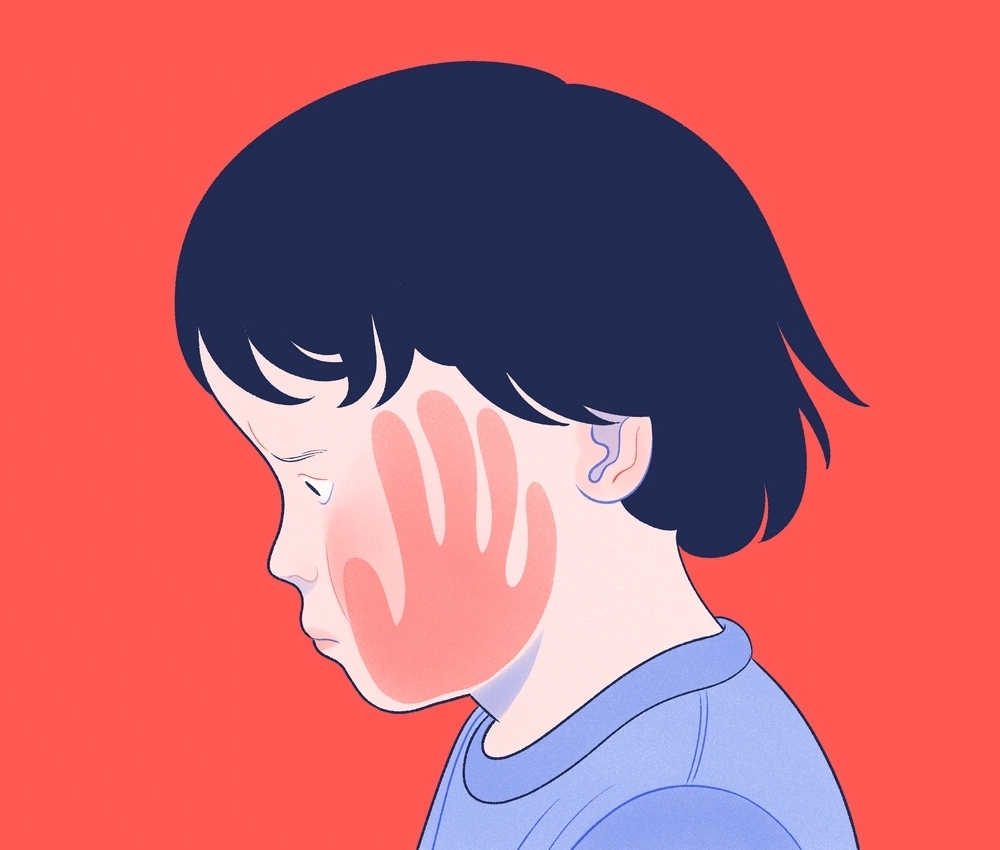I say go the whole Hogg and ban everything, pun definitely intended.
In response to the US’s latest mass murder of children, Canada’s PM Trudeau has announced a new bill that will “freeze” handgun ownership, preventing the sale, trade or transfer of all handguns, new or used. I do not know whether “transfer” includes being unable to inherit handguns, but I hope it does, and thus once people who own them die, no one will own handguns.
Also part of the legislation is a limit of five bullets in rifle magazines, making it illegal own, sell, manufacture or alter rifles to hold more than five. This will continue the current “one trigger pull, one bullet” rule that eliminates semi-automatics.
I say it’s still not enough. There’s more restriction on crossbows in Canada than on handguns. Any bow shorter than 45cm is deemed concealable and illegal, and so are multi-firing crossbows. And yet currently owned handguns will still be allowed?
I do, however, like the poke in the eye and prod in the ribs this is to US politicians. If all the parties in a functioning democracy like Canada can agree on legislation this restrictive, it’s a sign that it can be done, and that if the US doesn’t address its issue, it’s moral cowardice and a lack of will.
I’m beginning to suspect that some form of legislation will be proposed and pass, but it still will not deal with the core issue and cause of mass shooters: males with histories of violence. More about that later.





